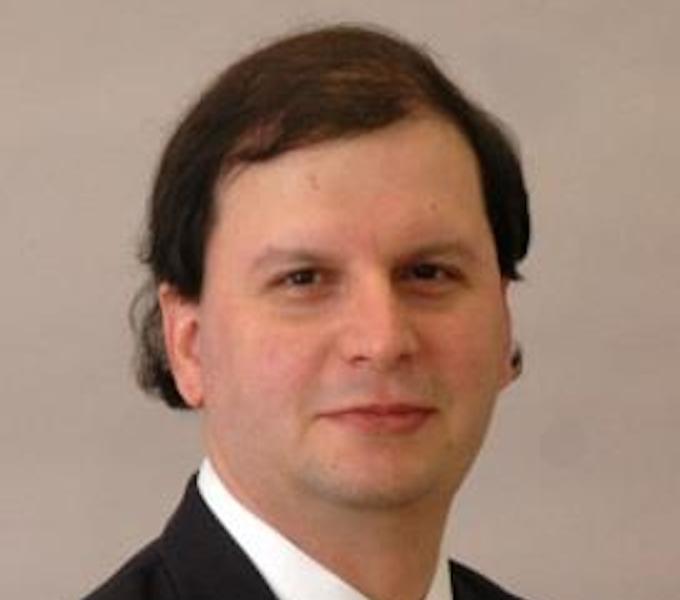Dr. Alexis Kwasinski received his M.S. and Ph.D. degrees in electrical engineering from the University of Illinois at Urbana-Champaign in 2005 and 2007, respectively, and a B.S. degree also in electrical engineering from the Buenos Aires Institute of Technology in 1993. Before starting his graduate studies, he worked for Lucent Technologies, Power Systems Division. His expertise includes the control and design of power electronic systems and, in particular, microgrids. His research also includes the study and modeling of integrated operation of critical infrastructures, such as power grids and communication networks, during extreme events. As part of this research, Dr. Kwasinski has visited numerous areas affected by natural disasters, including hurricanes Katrina, Gustav, Ike, Isaac, Sandy, Harvey, Ian and Maria, and the earthquakes that affected Chile in 2010, New Zealand in 2011, Japan in 2011 and Mexico in 2017. His research has been funded by the U.S. Department of Defense, U.S. Department of Energy, National Science Foundation (NSF) and various industry collaborators. He published approximately 200 journal and conference papers, articles, books and books chapters, including the books entitled “Micro-grids in Local Area Power and Energy Systems” and “Resilience Engineering for Power and Communications Systems: Networked Infrastructure in Extreme Events.” He also has two patents about multiple-input multiple-output converters. In 2005, he was awarded the IEEE Power Electronics Society Joseph J. Suozzi INTELEC Fellowship and in 2007 he received the best technical paper award at the IEEE International Communications Energy Conference. In 2009 he received an NSF CAREER award and in 2011 an IBM Faculty Innovation Award. His space-related interests include the integration and operation of power systems with constant-power loads as it is found in spacecrafts and habitats for planetary and lunar exploration, the coordinated energy management of loads, energy storage (e.g., batteries operating in harsh environments) and power generation (e.g., from photovoltaic modules) in microgrids and stand-alone power systems, and the study of space weather events on Earth’s critical infrastructure systems.

